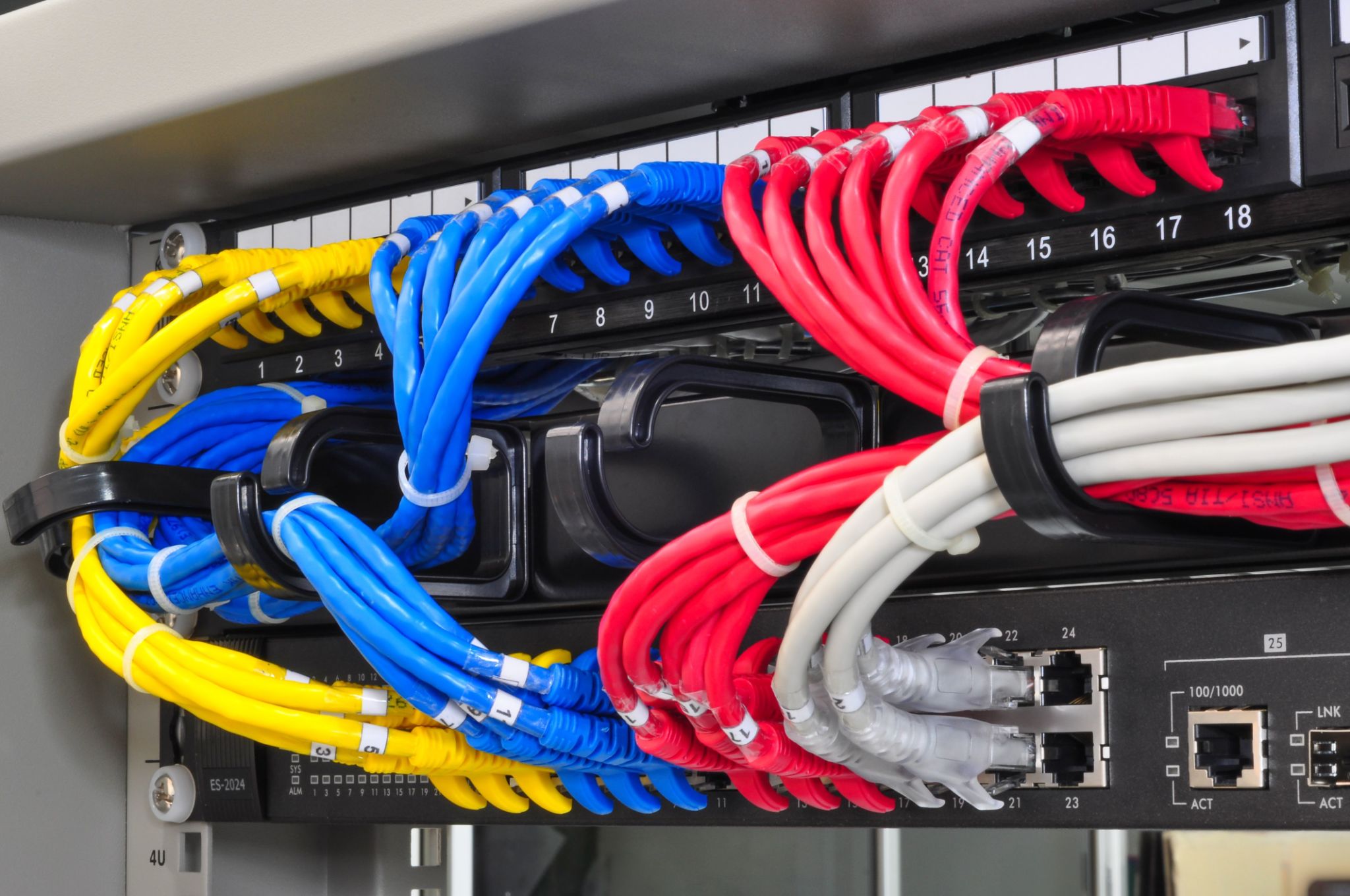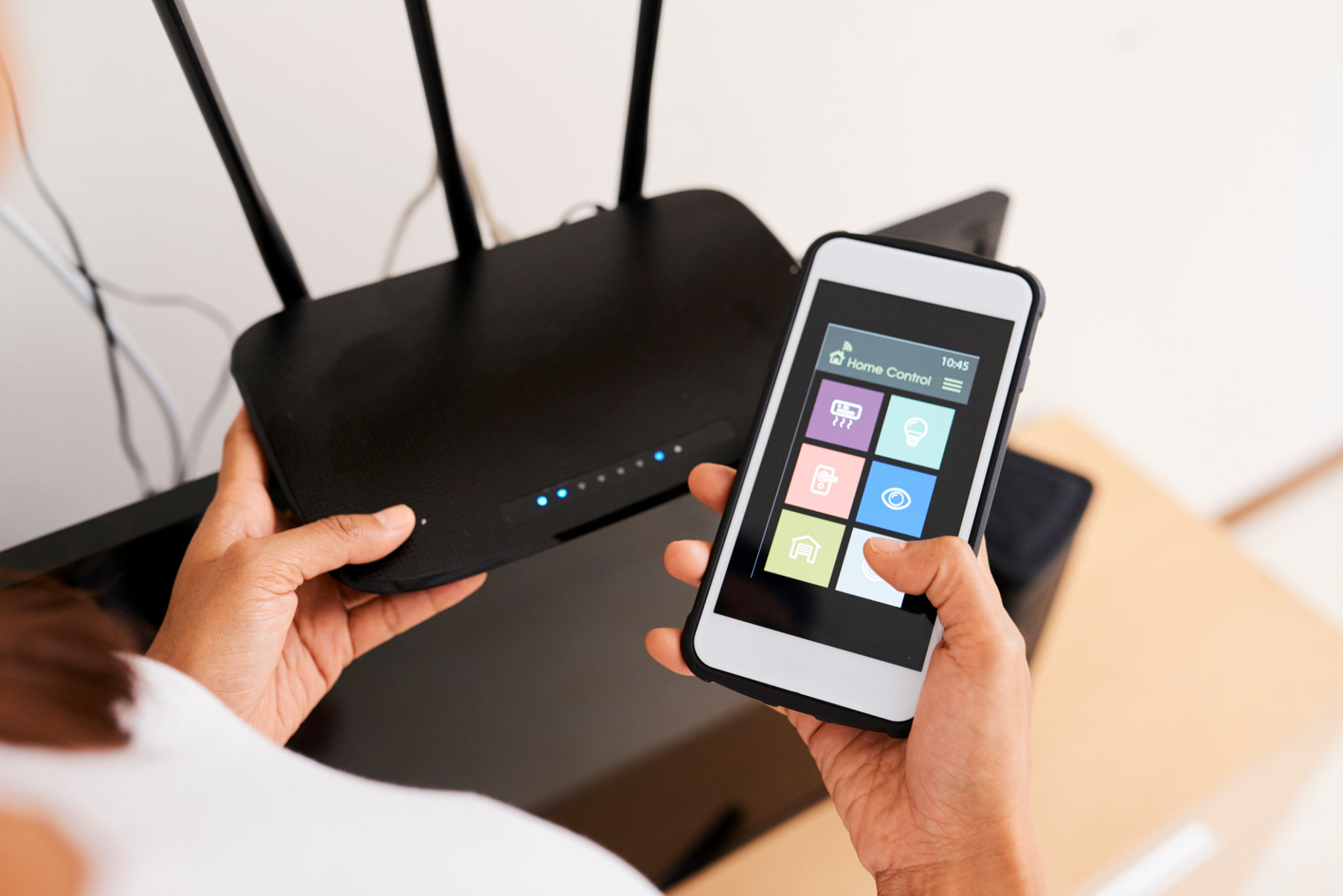The Ultimate Guide to Data Cabling and Network Setup for Your Home
Understanding the Basics of Data Cabling
Data cabling forms the backbone of any home network setup, providing the essential infrastructure for internet connectivity, home automation, and multimedia streaming. To ensure optimal performance, it is crucial to understand the different types of cables and their applications.
Categorically, Ethernet cables such as Cat5e, Cat6, and Cat7 are commonly used for home networking. Cat6 cables are widely recommended due to their ability to support high-speed data transfer and bandwidth-intensive applications. When planning your network setup, it's important to consider the length and quality of the cable to prevent signal degradation.

Assessing Your Home Network Needs
Before diving into data cabling, assess your home network requirements. Consider the number of devices that will connect to the network, including computers, smart TVs, gaming consoles, and smart home devices. This will help you determine the total number of ports and switches needed.
For most households, a basic setup with a modem, router, and switch suffices. However, if you have a large home or require extensive coverage, you might need additional equipment like Wi-Fi extenders or mesh systems to ensure seamless connectivity throughout the house.
Planning the Network Layout
A well-thought-out network layout is crucial for efficient data cabling. Start by mapping out where each device will be located and plan the cable routes accordingly. Ensure that cables are neatly organized and labeled to avoid confusion during troubleshooting.
Consider centralizing your networking equipment in a dedicated space such as a utility room or closet. This not only simplifies maintenance but also minimizes the visibility of cables throughout your living areas.

Installing and Terminating Cables
Once you've planned your layout, it's time to install and terminate the cables. Begin by running cables through walls, ceilings, or under floors as needed. Use cable clips or conduits to secure them in place and prevent accidental damage.
Terminating cables involves attaching connectors to the ends of each cable. For Ethernet cables, use RJ45 connectors and a crimping tool to ensure a secure connection. Test each terminated cable with a cable tester to verify its functionality before finalizing the setup.
Configuring Your Network Devices
With cabling in place, focus on configuring your network devices. Start by setting up your modem and router. Access the router's interface using a web browser to configure settings such as SSID, password, and security protocols.
If you're using switches or additional access points, configure them to work seamlessly with your router. Ensure that each device is assigned an appropriate IP address either manually or via DHCP for efficient network management.

Troubleshooting Common Issues
Despite meticulous planning, you may encounter issues like slow speeds or dropped connections. Start troubleshooting by checking cable connections and ensuring all devices are properly configured. Use diagnostic tools available in your router's interface to identify and resolve network issues.
If problems persist, consider upgrading your hardware or consulting with a professional network technician for assistance. Regularly updating your firmware can also prevent compatibility issues and enhance security.
Maintaining Your Home Network
Once your data cabling and network setup is complete, maintenance becomes key to sustaining performance. Periodically check for any physical damage to cables and replace them as necessary. Keep your network devices clean and free from dust to prevent overheating.
Software maintenance is equally important. Regularly update your network devices' firmware and change passwords periodically to safeguard against security threats. Implementing these practices ensures your home network remains robust and reliable for years to come.
